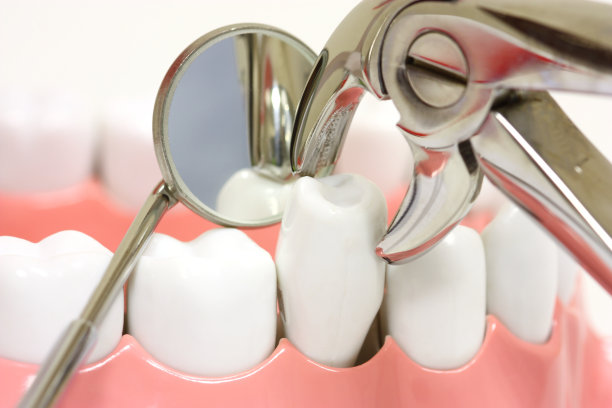The Essential Steps and Care for Extracting a Tooth Safely and Effectively
Summary: Extracting a tooth can be a daunting experience but, when approached with careful planning and execution, the process can be safe and effective. This article outlines the essential steps in tooth extraction, including preparation and assessment, the extraction procedure itself, aftercare, and potential complications. By understanding each phase of the process, both patients and dental professionals can work together to ensure a successful outcome. Whether its a routine removal or a more complex case, this guide provides valuable insights to facilitate the extraction process while minimizing discomfort and promoting healing.
1. Preparation and Assessment Before Extraction

The first step in a successful tooth extraction is thorough preparation and assessment. This begins with a comprehensive evaluation of the patients dental and medical history. The dentist must identify any pre-existing conditions, allergies, or medications that could impact the procedure. This step is crucial for determining the safest approach and anticipating potential complications.
Next, radiographs or X-rays of the affected tooth are necessary to understand its position within the jaw and any potential impact on surrounding teeth and bone structure. These images provide essential information to formulate a treatment plan. Understanding the morphology and orientation of the tooth can guide the dentist in choosing the appropriate extraction technique.
Additionally, the dentist will discuss the entire process with the patient, ensuring they understand what to expect. This includes explanations about anesthesia options, the intricacies of the removal process, and the necessary post-operative care. Addressing any concerns and answering questions fosters a trusting relationship, easing the patient’s anxiety.
2. The Tooth Extraction Procedure Explained
The actual extraction procedure begins with the administration of anesthesia to ensure the patient remains comfortable and pain-free throughout the process. Local anesthesia is commonly used, but sedation options may be considered for particularly anxious patients or complex extractions. The appropriate level of anesthesia is vital for a smooth procedure.
Once anesthesia takes effect, the dentist will mobilize the tooth using specialized instruments. If the tooth is impacted or firmly anchored, tools such as elevators or forceps will be employed to gently loosen and remove it. Depending on the tooths condition, the dentist might need to remove a portion of the bone surrounding the tooth for easier access.
Its important to emphasize that patience and precision are essential during this stage. The dentist must work methodically to avoid unnecessary trauma to the surrounding tissues. Once the tooth is successfully extracted, the dentist will clean the extraction site and may place sutures if necessary. Control of bleeding is prioritized to ensure proper healing starts immediately.
3. Post-Extraction Care for Optimal Healing
After the extraction, effective post-operative care is crucial to prevent complications and promote healing. Patients should be given clear instructions, including how to manage swelling, bleeding, and discomfort. Using ice packs on the cheeks externally can help alleviate swelling during the first 24 hours.
Patients are often advised to rest and avoid strenuous activities for a few days after the procedure. Additionally, maintaining a soft diet and avoiding hot, spicy, or hard foods can prevent irritation of the extraction site. Its also essential to avoid sucking motions, such as using straws, which can dislodge the blood clot and lead to dry socket.
Follow-up appointments may be necessary to monitor healing and address any concerns. It is also vital to adhere to prescribed medications, such as pain relievers or antibiotics, to manage pain and prevent infection. Educating patients on signs of complications, like severe pain or prolonged bleeding, empowers them to seek help promptly.
4. Understanding Potential Complications and Solutions
While tooth extraction is generally safe, it is essential to be aware of potential complications that can arise. One common concern is dry socket, which occurs when the blood clot at the extraction site dislodges or dissolves. This condition can be incredibly painful and typically requires treatment by the dentist.
Infections are another risk associated with tooth extractions, particularly if proper aftercare is not followed. Signs of infection include increased swelling, fever, and discharge from the extraction site. Patients should be vigilant and contact their dentist if they experience these symptoms.
Other potential issues include damage to adjacent teeth or nerves, particularly for molar extractions. Educating patients on pre-existing conditions or anatomical variations can minimize these risks. In cases of excessive bleeding or prolonged discomfort, immediate consultation with a dentist can help in managing these emergencies effectively.
Summary:
In summary, extracting a tooth requires meticulous planning, a clear understanding of the procedure, and diligent post-operative care. By addressing preparation, the extraction process, aftercare, and potential complications, patients can approach tooth extraction with confidence and a sense of security. Empowering patients with knowledge and strategies leads to better outcomes and healing experiences.
This article is compiled by Vickong Dental and the content is for reference only



